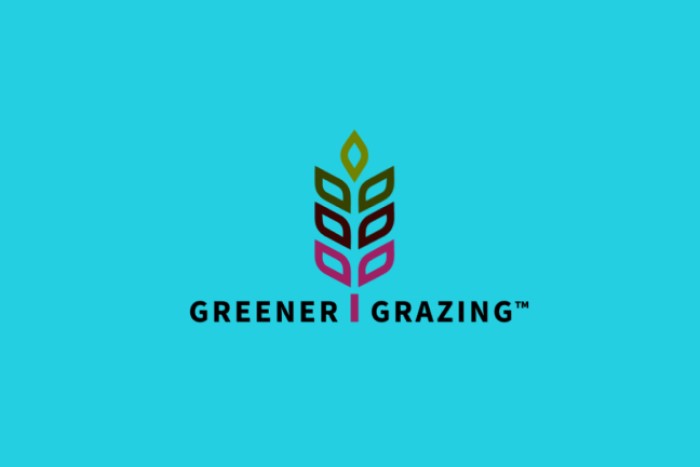Greener Grazing is a project developing the foundational knowledge and tools needed to initiate scalable, ocean-based Asparagopsis taxiformis (“AT”) farming and support producers in rapidly building supply. The mission is to unlock the potential of this seaweed in combatting climate change, largely through the seaweed's curious ability to reduce methane production in cattle. In this chat Peter Green spent time with Josh Goldman, the founder and project lead.

What was the motivation behind creating Greener Grazing?
When I started in aquaculture in the early 1980’s, I was involved in the development of RAS (recirculating aquaculture systems) technology and integrating fish with plants in what is now called aquaponics. At a certain point, I made a major shift to focus more on how to scale up aquaculture sustainably. This helped me realise that tropical aquaculture was a very large, underdeveloped opportunity.
With this insight, Australis, the barramundi company, transitioned from a primarily US-RAS production model to a Vietnam ocean-farming. With that transition I investigated how we could integrate seaweed. For some time, we've raised Kappaphycus seaweed as an intercrop with our rotational fallowing program. The idea is that after we’ve cultivated fish on a site for one year, we’ll move the cages to a different area, and then use the original area to cultivate Kappaphycus during the fallowing period. We found that there were strong environmental benefits -- it increases the diversity and abundance of wild fish, but those benefits are entirely local. So, when I came across the research on Asparagopsis indicating it's ability to reduce methane emissions in ruminants, I was very intrigued.
What have been some of the challenges you've experienced with Greener Grazing?
There are a number of significant technical challenge that must be solved in order to farm Asparagopsis commercially. There are two basic approaches that we considered. One is growing it on land in ponds or tanks using tumble culture. We believe this will remain a high-cost pathway which is unlikely to provide the scale or cost that will drive broad adoption.
So, we've taken the longer, and more difficult route which we believe will prove much more scalable. This involves closing the life cycle in order to seed ropes on land that can then be transferred to the sea. Once you get to the sea, the cost and scalability are a lot more interesting.

What's next for Greener Grazing?
At this point, Greener Grazing is focussed on advancing the science required to support farmers in raising Asparagopsis is the sea. There are still several issues that need to be resolved before we can scale up farming and support farmers globally.
Nevertheless, we are building a network of collaborators on both the scientific and commercial fronts. Given the state of the word – and the intense focus on identifying scalable climate solutions – there’s been incredible interest from beef and dairy producers and other market participants to reduce climate impacts.
What advice would you give to your younger self or a young individual trying to pursue business in this field?
I think there's a lot of room for people to be bold. However, bold vision has to be married with technical acumen. We move forward through the advancement of knowledge. So, investing in that, building partnerships and bringing the great minds together will help ensure the best chances for development of this important new industry.
"There's a lot of room for people to be bold"
Could you recommend some books?
Paul Greenberg's Four Fish is an amazing book about the oceans and how to think about aquaculture.
